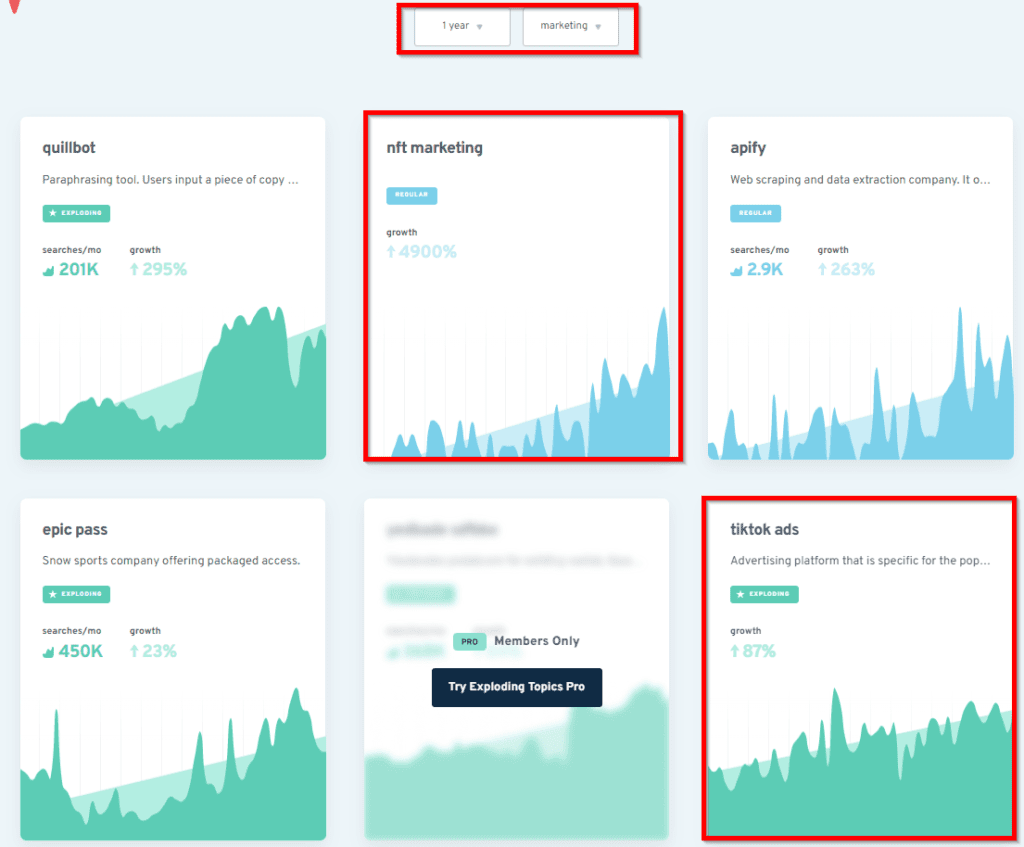If you’re active in the e-commerce world, chances are you have more than likely heard terms like drop-shipping, e-commerce automation, and more. Recently, a new terminology has emerged in the e-commerce world known as drop-servicing. So, what exactly is drop-servicing and how is it different from drop-shipping? Let’s find out if this is a new e-commerce method or simply a rebranded terminology.
Before we get into what drop-servicing is, let’s make sure you understand what drop-shipping is and how it works.
What is Drop-shipping?
Drop-shipping is a practice in which order fulfillment is done without storing physical products, but instead the store purchases products from suppliers when an order comes in and ships it directly to the customer. Drop-shipping allows companies to only place orders with their suppliers when they receive customer funds.
Instead of having to order large sums of products from suppliers and store those products, drop-shipping allows companies to order inventory only when orders are placed by customers. With the drop-shipping model, the company acts as the middleman between the customer and the supplier.
What is Drop-servicing?
Drop servicing is the same as practice as drop-shipping but instead of being physical products, it focuses on services. The practice focuses on offering specific services for ($200) for example and then hiring someone to execute the service at a lower price ($100), and pocketing the difference.
This practice is also commonly referred to as arbitrage. You offer a service for a higher price, find someone to execute the service for a lower price and you get to keep the difference. Most business models work under this core model without really realizing it.
Businesses hire employees and pay them a salary to complete work that the company makes a profit on.
How to Get Started With Drop-servicing?
The first step in getting started with the drop-servicing businesses model is to find a service in which you have the expertise or a strong interest in. Below is a step-by-step process in getting started with the drop servicing business model.
Step 1 ) Check Current Business Trends
Before you hunker down and decide the type of business you want to get involved in it’s highly recommended to check current trends and see what is in demand. One website that can help you accomplish this is explodingtopics.com. The site is extremely easy to use and you can quickly find trending topics in different niches that you may never have considered before.
Let’s take a look at marketing trends in the past year.

From our search, you can see two very popular topics that are currently trending are NFT marketing and TikTok Ads. Once we have our two trending topics it’s time to do a bit of research and see the kinds of ads that are coming up in Google search for these.
Step 2) Check Current Advertising
Go to Google and simply enter the keywords you found from Exploding Topics. Let’s take a look at nft marketing.

We can see that advertisers are bidding on the keywords and there are people offering marketing services for NFT’s. This serves as confirmation that the topic is hot and people are indeed looking for these services.
Step 3) Analyze Average Service Costs From Competitors
In this step, you should focus on finding out the average cost competitors charge for their services. This will help you get an idea of the range of prices you can potentially charge customers for these services.
Step 4) Understanding the “drop-service” You Will Provide
In this step, you should begin to analyze how you can make a better service than your competitors. You will need to first understand all the services your competitor offers.
Once you fully understand the cost structure and all that’s involved in servicing this type of business, it’s time to start putting your team of freelancers together.
Step 5) Creating and marketing your business
At this stage, you should have a fully working website or business structure to take and service clients. In order for this to run efficiently, you should have a CRM system in place to help you manage everything.
This can take some time to set up but it’s important to have a good process working when you begin taking clients on.
Drop Servicing Examples
Website Development Companies
One of the most popular examples of drop servicing is web development companies. Web development companies work with businesses to create their online website and presence. They hire the necessary developers and marketers to build up a company’s website and collect the difference between what they charge their customers and what they pay their employees.
They provide a service for which they outsource the majority of the work and then collect the difference from the top.
Digital Products Services
Another popular example of drop servicing is creating digital products. A digital product owner can charge a freelancer to create their digital product which they will resell to customers looking to learn about the specific topic.
Pros and Cons of Drop Servicing
Pros
- Drop servicing can be scalable with the right service
- Requires less work on your end to create a product or service
- You get paid by the project and not by the hour
- Can help save you time in your current business
Cons
- You can lose some of the quality control over the service if you don’t have clear instructions for your freelancers
- It can be difficult to get your initial clients if you don’t know your niche or have a competitive advantage
- Having to deal with client complaints and issues
Conclusion
Now that you know a bit about the drop servicing model, you re-optimize your current business in order to gain your time back. You can also come with your own drop servicing business in which you see demand where other companies may be failing.
![What is Drop Servicing – Understanding the New Ecommerce Trend [Definition, Examples and More]](https://saleslovesmarketing.co/wp-content/uploads/2022/02/drop-servicing-1024x576.png)